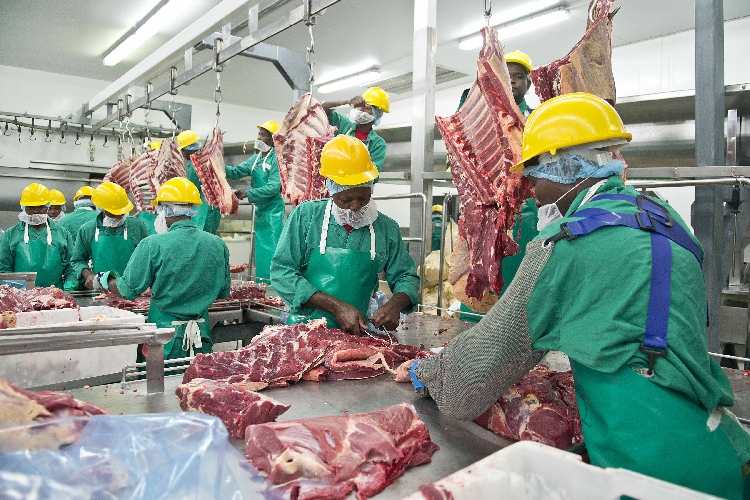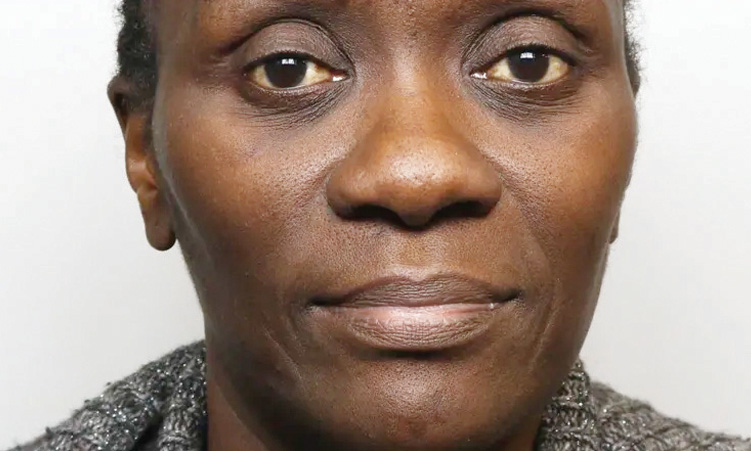BLOOMS of ‘phytoplankton’ along the coast are responsible for the ‘red tide’ at the coast, which has resulted in shallow water marine life dying and washing up on beaches between Walvis Bay and Mile 4.
This was explained in a statement issued by the Ministry of Fisheries and Marine Resources yesterday. The statement said that the blooms are formed when microscopic plants in the upper levels of the water multiply in excessive numbers.This is mainly caused by climatic conditions within the ocean environment.This algae forms the basis of the food chain, sustaining sea life such as shell fish and fish larvae.The current bloom, according to the Ministry, is not poisonous to humans, but gives the seawater a characteristic red colour, hence the term ‘red tide’.The red colour originates from pigments inside the algae.As the algae decays, there is an increase in bacterial oxygen uptake and a major release of carbon dioxide, in which marine life suffocates, dies and washes up on beaches.As a result hundreds of crayfish have crawled out of the water, in turn attracting hundreds of people to the low-water mark where they are being collected in large quantities, regardless of their size.The law lays down that only seven reasonably sized crayfish per person per day is allowed.According to sources within the Ministry, crayfish which are not dead when collected, are relatively safe to eat.Several people have however told the newspaper that “there was no chance that [we] would eat something that was busy suffocating at sea”.Sources in the ministry yesterday confirmed that the oxygen levels offshore were now stabilising again.The statement said that the blooms are formed when microscopic plants in the upper levels of the water multiply in excessive numbers.This is mainly caused by climatic conditions within the ocean environment.This algae forms the basis of the food chain, sustaining sea life such as shell fish and fish larvae.The current bloom, according to the Ministry, is not poisonous to humans, but gives the seawater a characteristic red colour, hence the term ‘red tide’.The red colour originates from pigments inside the algae.As the algae decays, there is an increase in bacterial oxygen uptake and a major release of carbon dioxide, in which marine life suffocates, dies and washes up on beaches.As a result hundreds of crayfish have crawled out of the water, in turn attracting hundreds of people to the low-water mark where they are being collected in large quantities, regardless of their size.The law lays down that only seven reasonably sized crayfish per person per day is allowed.According to sources within the Ministry, crayfish which are not dead when collected, are relatively safe to eat.Several people have however told the newspaper that “there was no chance that [we] would eat something that was busy suffocating at sea”.Sources in the ministry yesterday confirmed that the oxygen levels offshore were now stabilising again.
Stay informed with The Namibian – your source for credible journalism. Get in-depth reporting and opinions for
only N$85 a month. Invest in journalism, invest in democracy –
Subscribe Now!










